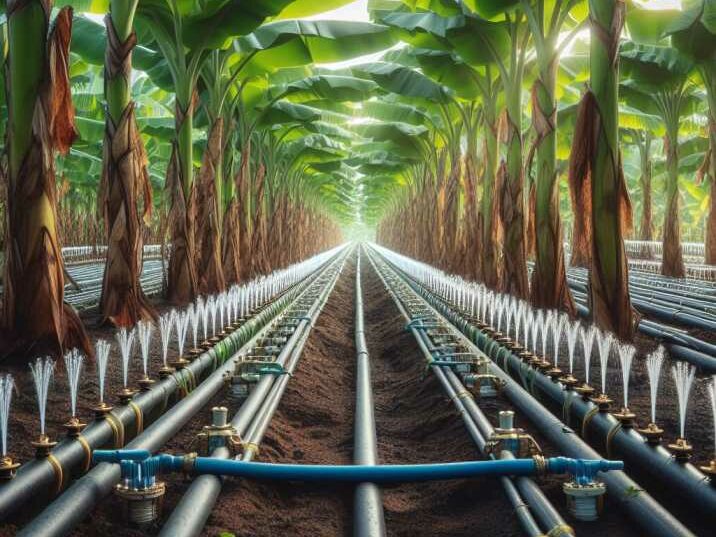Bananas are a beloved fruit enjoyed by people worldwide, and one of the most popular varieties is the Cavendish banana. In this article, we will delve into the fascinating world of Cavendish bananas, exploring where they are predominantly grown and uncovering the key regions responsible for their cultivation.
Understanding Cavendish Bananas:
Table of Contents
Cavendish bananas, scientifically known as Musa acuminata ‘Cavendish,’ are a cultivar of bananas that gained popularity in the mid-20th century. They are known for their distinct taste, convenient size, and vibrant yellow color. These bananas are not only delicious but also play a crucial role in global agriculture and trade.
Cavendish Banana Growing Regions:
Bold fact: The cultivation of Cavendish bananas is a global affair, with several key regions contributing significantly to their production.
- Latin America: The Banana PowerhouseIn Latin America, countries like Ecuador, Costa Rica, and Colombia are major players in Cavendish banana production. The tropical climate and fertile soil in these regions create optimal conditions for banana cultivation.
- Southeast Asia: A Tropical HavenThe Philippines, Vietnam, and Indonesia are prominent contributors to the global Cavendish banana supply. The warm and humid climate in Southeast Asia provides an ideal environment for these bananas to thrive.
- Africa’s Growing InfluenceCountries in East Africa, such as Kenya and Tanzania, have also emerged as significant producers of Cavendish bananas. The continent’s diverse climates contribute to the overall global production of this popular fruit.
Global Impact:
Cavendish bananas have become a staple in households across the globe, with their cultivation supporting local economies and providing livelihoods for many farmers. The interconnectedness of these growing regions ensures a consistent supply of bananas to meet the ever-increasing demand.
Challenges Facing Cavendish Banana Cultivation:
Italics and underline: Despite their popularity, Cavendish bananas face challenges such as susceptibility to diseases like Panama disease Tropical Race 4 (TR4). This has led to ongoing efforts to find resistant banana varieties and sustainable farming practices.
Conclusion:
In conclusion, the story of Cavendish bananas is one of global significance. From the lush plantations of Latin America to the tropical havens of Southeast Asia and the emerging fields of Africa, these bananas bring people together through their sweet taste and nutritional benefits. As we continue to enjoy Cavendish bananas, let’s appreciate the hard work of farmers around the world who make it possible for us to have this delightful fruit on our tables.
FAQs:
Q1: Where are Cavendish bananas predominantly grown?
A1: Cavendish bananas are predominantly grown in regions with tropical climates, including Latin America, Southeast Asia, and parts of Africa.
Q2: Which countries in Latin America are major contributors to Cavendish banana production?
A2: In Latin America, major contributors to Cavendish banana production include Ecuador, Costa Rica, and Colombia.
Q3: What challenges do Cavendish bananas face in cultivation?
A3: Cavendish bananas face challenges such as susceptibility to diseases like Panama disease Tropical Race 4 (TR4), leading to ongoing efforts to find resistant banana varieties and sustainable farming practices.
Q4: Why are Cavendish bananas essential to global agriculture and trade?
A4: Cavendish bananas are essential to global agriculture and trade due to their popularity, nutritional value, and the economic impact they have on local economies.
Q5: How do Southeast Asian countries contribute to Cavendish banana production?
A5: Southeast Asian countries like the Philippines, Vietnam, and Indonesia contribute significantly to Cavendish banana production, thanks to their warm and humid climates.

